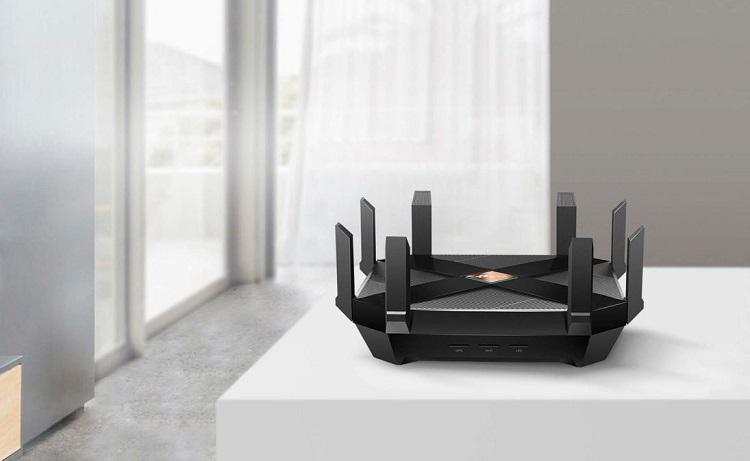It’s Friday night after a long and dreadful week at work. You bought some popcorn and comfort food on your way back home. Tonight is the well-earned time where you planned to have your most awaited FRIENDS marathon until you get a food coma or become the personification of a couch potato.
Well, just at the point when you were all tucked in the middle of Chandler’s sarcastic comment, the laptop starts acting crazy and you end up losing connection. Don’t worry, you might not be the only one facing this. The usual culprit? The huge number of users using the internet at the same time. Let me explain the dynamics of internet traffic and the way it affects your internet speed.
Consider the internet as a highway for data movement. Just as a highway can get chocked in event of a large influx of traffic, the internet can also become sluggish during peak hours. If a large number of users log in to the cable internet, there is a very high possibility of it being chocked thereby reducing the overall internet speed.

While the rush hours on actual highways are usually the nine to five job hours, in terms of internet it is usually the night hours that experience the most rush. Several reasons dictate why this would happen, either because of the complications at the provider’s end or some faulty equipment at your end.
If there have been consistent issues at the provider’s end then you might want to shift to a reliable internet provider in your area. Charter internet, with its reach in over 44 states across the US, provides one of the most reliable coverages in the country. So, subscribe to one of its internet plans today and start enjoying your high-speed connection.
Contents
Issues and Fixes of Slow Internet at Night
Slow internet is one of the most frustrating things we experience these days. Therefore, to help you, I bring perspectives and ways to reduce the impact of a slow internet connection.
1. Weather Fluctuations (For Satellite Internet Connections)
If you are a resident of a rather remote area, you might have to opt for a satellite internet service. Satellite Internet, out of all other types of internet, uses radio waves sent over the air.
It is most likely to face interferences if the area is too crowded or there are unusual weather conditions. Any weather changes like thunderstorms or fluctuations in humidity are known to cause interferences in the effective delivery of signals.
2. Wi-Fi Router Location
The positioning of a router is one thing that plays a crucial role in effective signal delivery to the devices. As much as it is important, most of us are likely to put less than required thought into the router positioning. Experts claim that ideal router positioning can boost the signals by manifolds.

Wi-Fi signals naturally travel downwards more conveniently than upwards and can be interfered with concrete structures, furniture, and humans. Thus an ideal position for your router could be the ceiling.
Yes, installing it upside down on the ceiling at a central part of your house can significantly boost the signal. Although many of us don’t pay attention to the positioning of the wireless router, locating it in the right spots will significantly boost the strength of a wireless signal.
3. Extensions on your Browser
Add-ons and browser extensions are a lifesaver in so many ways and as much as they help, they can be a burden on the browser while impairing its speed. In order to improve your browsing experience, take out some time, and remove all the unnecessary extensions that you haven’t used in some time.
4. Switch to 5 GHz Router
With the growing internet speed and improving internet technologies, it is only sane to invest in a Wi-Fi router that can process dual-band, which is 2.4 and 5 GHz signals. The basic difference between the two bands is their ability to process speeds since the 2.4 GHz band can process speeds up to 600 Mbps but conveniently covers larger distances.
5 GHz on the other hand can process faster speeds, up to 1300 Mbps, but has a smaller range. So a dual-band router will keep you connected via 2.4 GHz technology when the number of devices increases and the 5GHz band is crowded, however, it will switch to 5 GHz when you need higher speeds.
5. If Nothing Else Works
There are two possibilities if all else fails. One, you upgrade to higher speeds but that too will only work if the data traffic in your area isn’t as high otherwise it’ll be like driving a Lamborghini on a jam-packed superhighway.
The other and more practical option is to contact your provider’s customer service and a diligent representative will be happy to help you with any technical difficulties or will send a technician to your home to fix the issue.






























